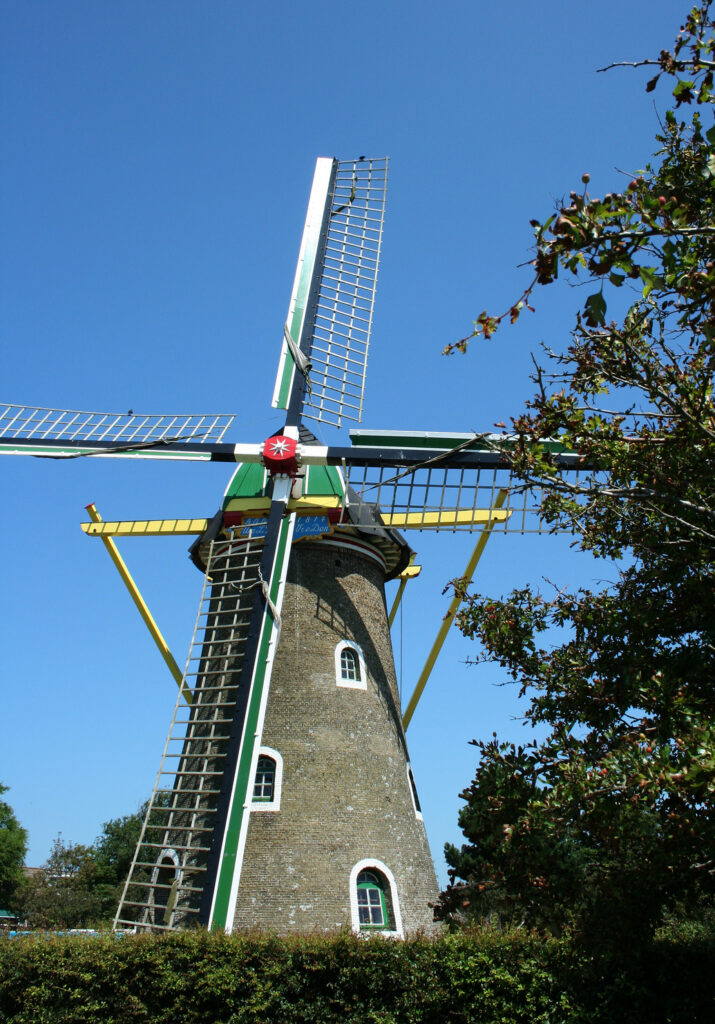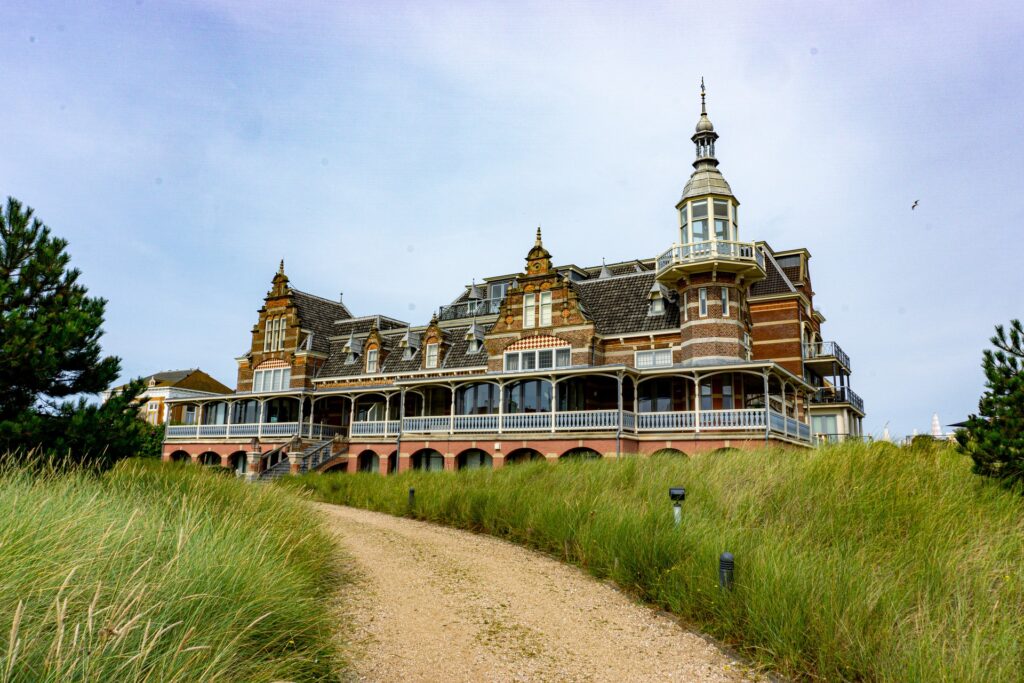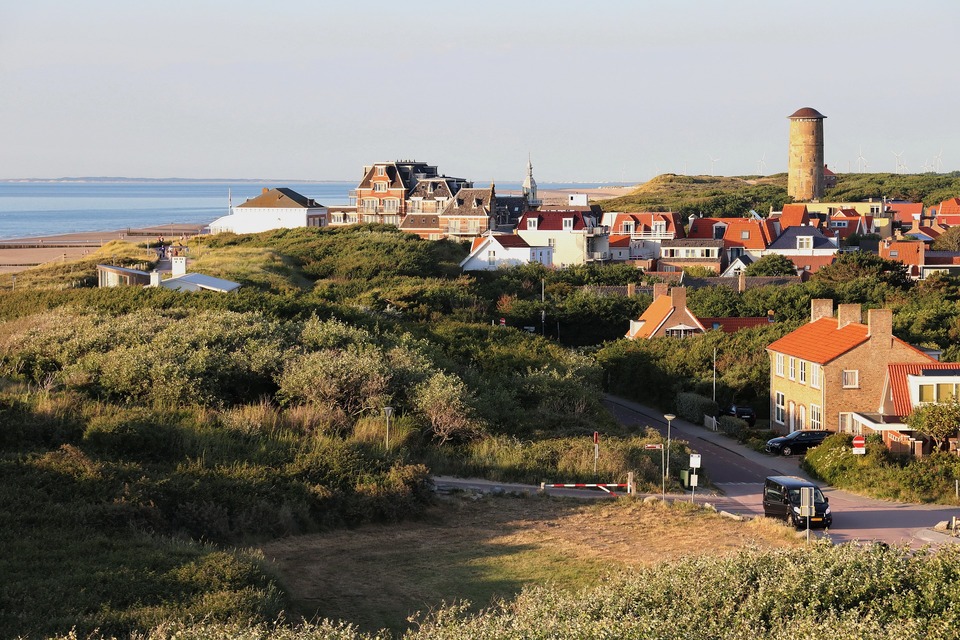domburg
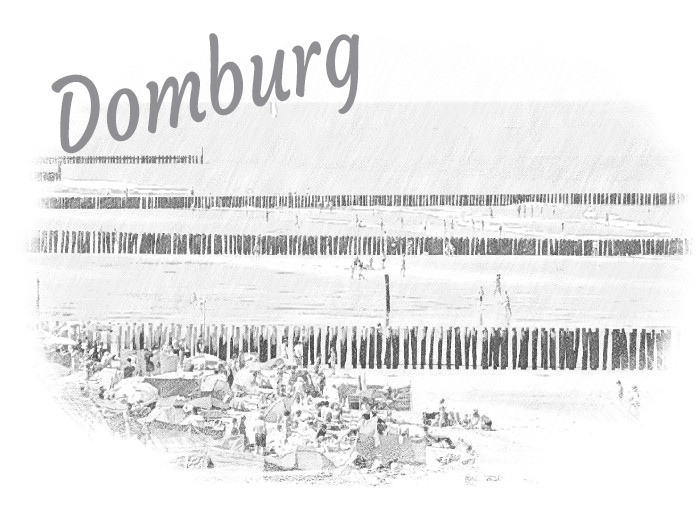
a paradise for beach lovers
Domburg stands as a picturesque seaside village, beckoning travelers with its timeless charm and breathtaking beauty. With a rich history dating back centuries, Domburg has evolved from a humble fishing village into a cherished holiday destination, drawing tourists from all corners of the world.
Domburg’s sandy shores stretch along the North Sea, making it a paradise for beach lovers and water enthusiasts. Visitors can relish in leisurely sunbathing, strolling along the coastline, or engaging in exhilarating water sports. The town’s moderate climate adds to its allure, offering pleasant weather throughout the year.
Apart from its natural splendor, Domburg boasts a vibrant art scene, which was once home to painters like Piet Mondrian and Jan Toorop. Art enthusiasts can explore local galleries, capturing the essence of the village’s picturesque landscapes that have inspired generations of artists.
Domburg’s quaint streets are adorned with charming cafes, boutique shops, and historic landmarks. The town’s rich cultural heritage can be experienced at the Marie Tak van Poortvliet Museum, where an extensive collection of regional art and artifacts awaits.
As the sun sets, Domburg transforms into a tranquil haven, offering an ideal ambiance for relaxation and rejuvenation. Travelers can indulge in sumptuous seafood delicacies while savoring the calming sound of crashing waves.
Whether seeking adventure, artistic inspiration, or a serene escape, Domburg has something to offer everyone. Embracing its past while embracing modern comforts, Domburg beckons travelers to experience the perfect harmony of culture, nature, and relaxation.
Bath Pavilion
The Bath Pavilion is an iconic building on the dunes of the Dutch seaside resort of Domburg.
It was built in 1888-1889 on behalf of the Domburgsche Zeebadinrichting. The new building housed a large concert and spa hall, surrounded by smaller spaces such as a conversation room, a billiard room, a reading room for men and a salon for women. ot 1995 the building remained in use as a restaurant. After that, decay threatened, but it was bought by a property developer in 1998. A combination of restoration of public spaces, style extension and establishment of apartments and a restaurant could finally be put into use in 2008. In the Bath Pavilion there are currently nine apartments and on the sea side restaurant Bath Pavilion. The old Kur/Ballroom was restored. The building was registered as a national monument in the monument register on 11 May 1983.
Protestant Congregation in Domburg
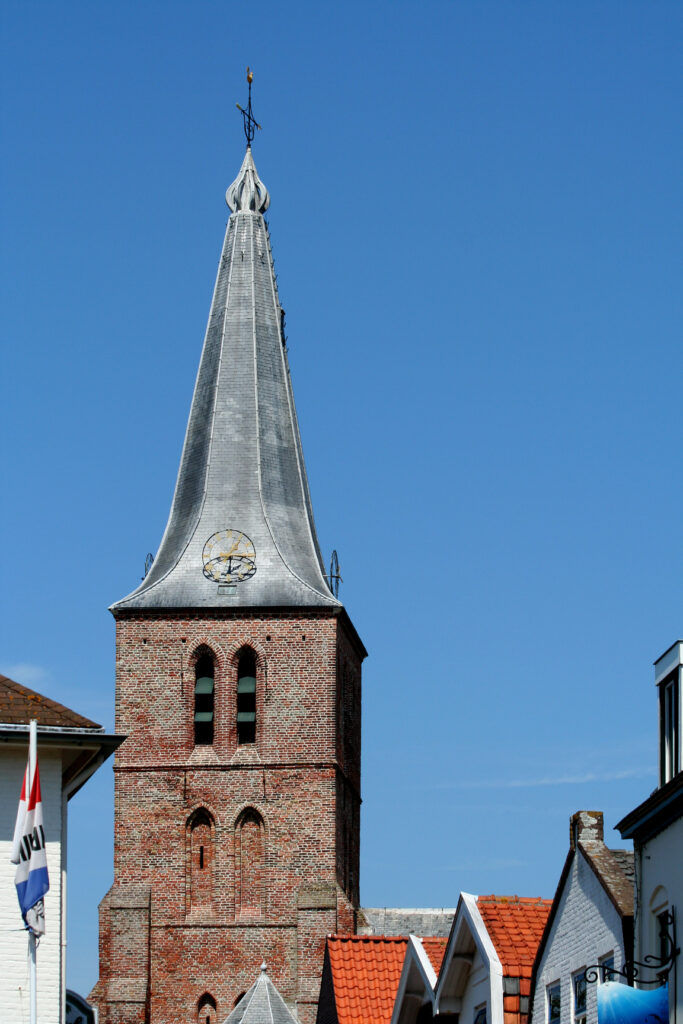
The tower was built at the end of the 14th century. The nave was also built at that time, while the north aisle was built in the 15th century. The nave burned down in 1848, and from 1849-1855 the church was rebuilt, using parts of the old church walls. A 15th-century basket arch gate was preserved.
third oldest seaside resort in the country.
Domburg is a picturesque coastal town that is situated on the magnificent west coast of the former island of Walcheren. As the third oldest seaside resort in the country, it has a rich history and charm that will capture the hearts of all who visit. The pristine beaches stretch as far as the eye can see and offer an idyllic escape from the hustle and bustle of daily life. With its stunning landscapes and breathtaking views, it comes as no surprise that Domburg is a popular destination for holidaymakers from all over the world. Whether you’re looking for a relaxing break or an adventure-packed trip, this quaint town has something for everyone. So why not pack your bags, explore the town’s fascinating history and culture, and make memories that will last a lifetime in this slice of paradise?

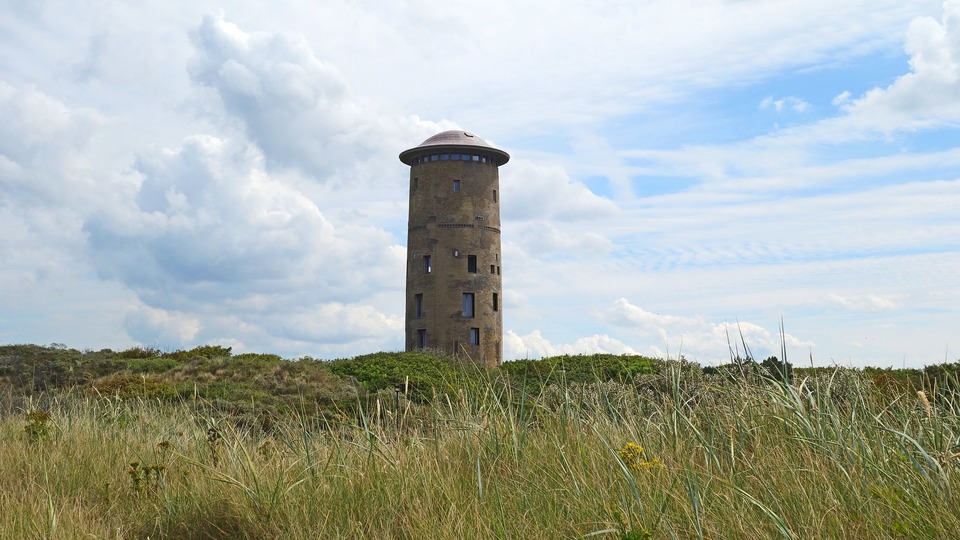
The water tower in Domburg is a national monument and cannot be visited.
It is now located in the middle of the natural monument De Manteling van Walcheren. There is no passable road to it for third parties. In the Second World War, the tower was severely damaged. The closed holes are still clearly visible. The tower is 28.5 m high and has a storage capacity of 200 m³. The tower is privately owned and has been completely renovated. The copper roof panels have been renewed and some windows have been added. The water tower currently serves as an apartment.

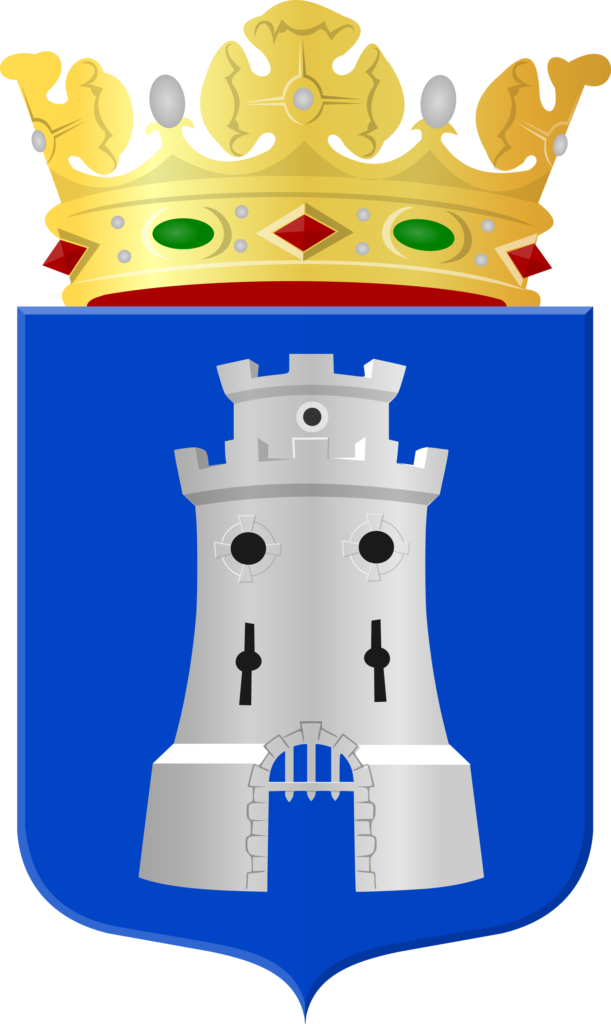
The coat of arms of the city could be a striking weapon: the city was once called Duinburcht. It is not known whether there was ever really a castle or castle in the city. The castle in the coat of arms can also symbolize the city rights that Domburg obtained from Floris IV of Holland in the year 1223.
Domburg mill as seen in the eye's of mondriaan
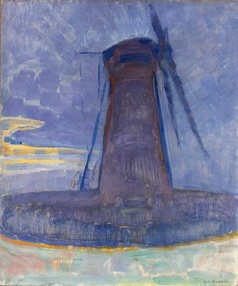
The Weltevreden flour mill was built in 1817, replacing an earlier standerdmolen on the same site.
In 1963 there were plans to convert the mill into a house, but no permit was granted. The then municipality of Domburg bought the mill in 1970 and had it thoroughly restored. With a height of more than 22 meters, this mill is clearly visible, although the buildings in the area have already somewhat enclosed the mill.
